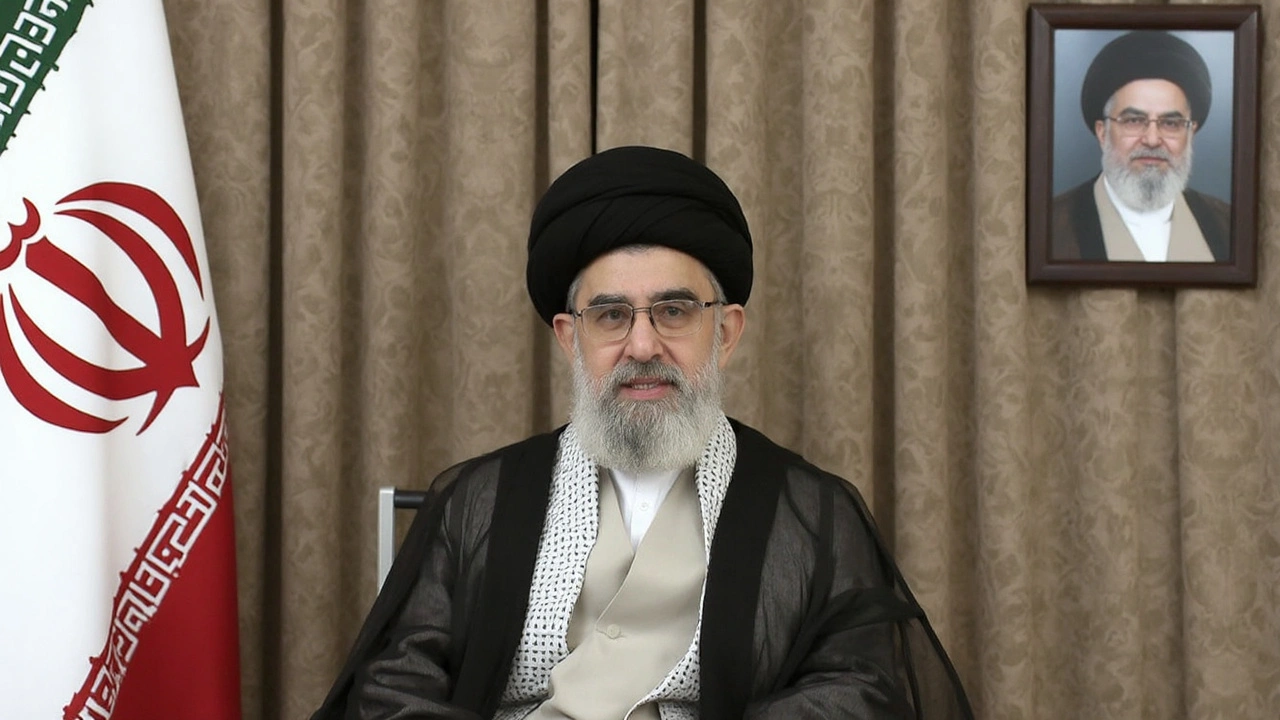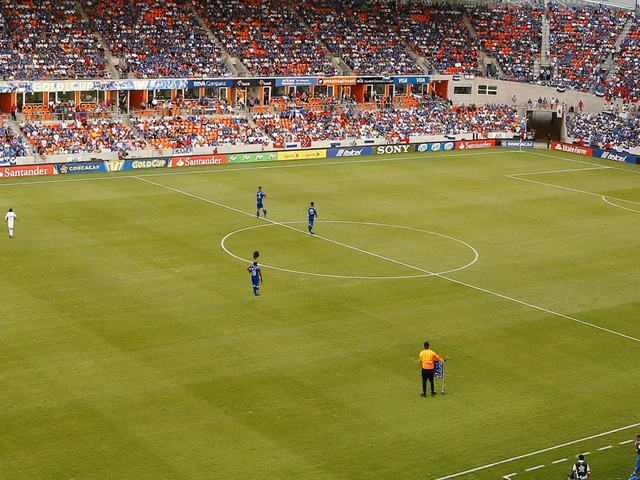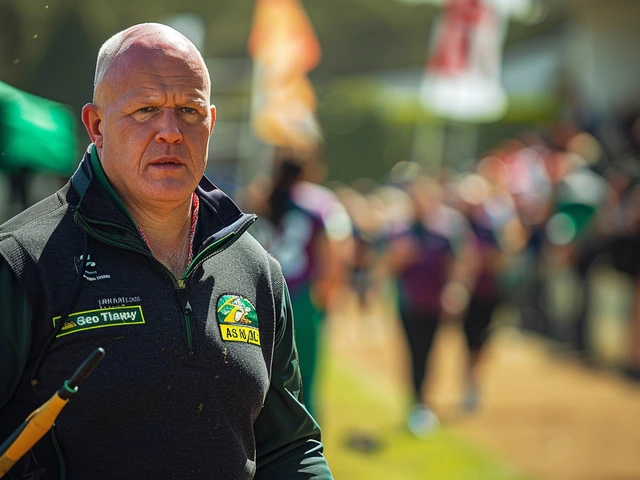Iran Admits U.S. Strikes Severely Damaged Nuclear Sites Amid Leadership Dispute

Iran's Public Divide Over Damage to Nuclear Program
It’s not often you see a country’s top leaders contradicting each other in public, especially when it comes to something as sensitive as military strikes on nuclear sites. But that’s exactly what’s happening in Iran right now. The Foreign Minister, Abbas Araghchi, bluntly said U.S. airstrikes had caused 'serious damage' to Iran's nuclear complexes. Get this—he actually used the words 'high' and 'serious' on live television. That message stands in sharp contrast to Supreme Leader Ayatollah Ali Khamenei, who’s been telling Iranians the damage was minimal and dismissing the attacks as a hollow show of force by the U.S.
This split at the very top isn’t just an internal spat—it shapes how the world reads Iran’s capabilities and next moves. After all, Khamenei projects defiance, even claiming the Iranian strike back on an airbase in Qatar was symbolic, a mere 'slap' to America. But the broken concrete, ruined facilities, and expert reports coming out of the bombed sites paint a different picture.
Satellite Images, Damaged Tunnels, and a Major Setback
Multiple sources—including U.S. and Israeli officials, plus international nuclear watchdogs—agree on one thing: Iran’s nuclear sites didn’t come out of these attacks unscathed. The nuclear facilities at Fordow, Esfahan, and Natanz took especially heavy hits. Take Fordow—satellite photos now show blocked access roads and debris clogging entrances. Repair crews simply can’t get close enough to start patching things up.
The International Atomic Energy Agency (IAEA) has confirmed what these images show, reporting massive damage to core sites. At Esfahan and Natanz, the most important buildings—where uranium enrichment and storage take place—are either severely damaged or completely unusable. Tunnels meant to safely store uranium are now wrecked, but as specialists point out, the enriched uranium itself actually survived. Still, without the infrastructure to process and enrich what they have, Iran’s nuclear machine has slowed to a crawl.
American officials aren’t holding back in their assessments either. Secretary of State Marco Rubio called Iran’s nuclear program 'obliterated.' Apparently, 12 bunker-buster bombs were unleashed on Fordow’s underground maze, leaving, in the words of one U.S. defense official, 'rubble-filled devastation.' Israeli military experts, who’ve been watching Iran’s nuclear ambitions for decades, say these attacks likely pushed Iran’s program back by years. Independent analysts like Brian Carter and Spencer Faragasso agree—rebuilding will take ages, not months.
Given this scale of destruction, it’s no wonder Iran’s own Foreign Minister felt compelled to correct the record. The leadership’s public disagreement makes it clear this isn’t standard propaganda theater. Khamenei still sticks to the story that this was a victory, but anyone following the evidence knows the situation looks grim for Iran’s nuclear ambitions. Diplomacy has gone quiet—for now, the world’s left guessing what Iran’s next move could be, and whether the rift among its leaders will shift the country's direction.






Ramesh Modi
June 28, 2025 AT 21:23Behold, the theater of statecraft unfolds like a tragic opera, where truth is thrust upon a stage of shattered concrete and wounded pride! The very heavens seem to echo with the lament of a civilization whose ambitions have been humbled by unseen thunder-yet some cling to glittering illusions as if they were invincible. One must ask, in the quiet of our conscience, whether the damage to the sacred atom is a sign of divine retribution or the mere consequence of hubris. Let us not forget that every fissure in a reactor mirrors a fissure in the soul of a nation, and each echo of an explosion reverberates through the corridors of history.
Ghanshyam Shinde
June 28, 2025 AT 22:13Wow, what a surprise, another political drama.
Charlotte Louise Brazier
June 29, 2025 AT 15:26Listen, the stakes are higher than any petty squabble; the world watches as Iran teeters on the brink of a nuclear impasse, and the aggressive denial only fuels instability. We must push for an inclusive dialogue that condemns reckless aggression while demanding accountability. It is imperative that the international community stands united, refusing to be swayed by hollow bravado. The path forward requires decisive action, not empty rhetoric, and a firm resolve to safeguard global security.
SAI JENA
June 29, 2025 AT 16:25Esteemed colleagues, let us channel our energies toward constructive engagement rather than further antagonism. By fostering transparent communication channels, we can mitigate the risks of escalation and promote stability across the region. It is essential that we uphold diplomatic protocols while encouraging collaborative verification mechanisms. Together, we may steer events toward a more predictable and peaceful trajectory.
Donny Evason
July 8, 2025 AT 21:40From a cultural standpoint, the fissures within Iran's leadership mirror the broader fractures in contemporary geopolitics, where ideology clashes with pragmatic reality. The aggressive posturing of the Supreme Leader, juxtaposed with the Foreign Minister's stark admission, creates a dissonance that reverberates through diplomatic corridors. One must assert that such internal discord undermines strategic coherence and invites external exploitation. In asserting our analysis, we must recognize that the assertive narratives serve both as a shield and a sword, shaping perceptions worldwide. Therefore, a nuanced, philosophically grounded approach is essential to decode these developments.
Hariom Kumar
July 8, 2025 AT 22:46Stay hopeful, folks! Even in the darkest headlines, there’s a chance for rebuilding and cooperation 😊.
Phillip Cullinane
August 24, 2025 AT 04:46The recent revelations concerning the degradation of Iran's nuclear infrastructure warrant a comprehensive, multidisciplinary assessment that integrates geostrategic forecasting, nuclear engineering diagnostics, and international regulatory frameworks. First, the satellite imagery corroborates a substantive disruption of critical process pathways, indicating a systemic loss of operational redundancy and heightened susceptibility to cascade failures. Second, the IAEA's preliminary radiological surveys suggest a residual inventory of fissile material that, while intact, is presently sequestered within compromised containment vessels, necessitating rigorous containment protocols to preempt inadvertent release events. Third, the strategic calculus of regional actors must now incorporate a revised threat matrix that accounts for diminished proliferative capacity juxtaposed against potential asymmetric retaliation vectors. Fourth, the United States' deployment of bunker‑buster munitions exemplifies a calibrated kinetic response designed to incrementally degrade high‑value nodes within a nuclear development cycle, thereby extending the temporal horizon required for reconstitution. Fifth, the internal dichotomy between the Foreign Minister and the Supreme Leader introduces an element of policy volatility that complicates predictive modeling of Iran's future nuclear trajectory. Sixth, from a technical standpoint, the severed enrichment cascades at Natanz have introduced a bottleneck that could impair centrifuge throughput by an estimated 70 percent, thereby throttling uranium enrichment rates substantially. Seventh, the extensive structural damage to the subterranean labyrinthine facilities at Fordow not only impedes physical access but also compromises the thermal management systems essential for maintaining process stability. Eighth, in evaluating the macro‑economic repercussions, the inflicted damage may trigger reallocations of national budgetary resources toward reconstruction rather than continued enrichment, potentially altering the balance of internal fiscal priorities. Ninth, the broader diplomatic ecosystem must now negotiate a recalibrated set of verification mechanisms, leveraging both on‑site inspections and remote sensing innovations to ensure compliance with non‑proliferation obligations. Tenth, the persistent narrative of resilience propagated by certain political factions may serve as a psychological countermeasure, yet it does not offset the tangible engineering setbacks documented herein. Eleventh, the confluence of these variables underscores the necessity for a coordinated, multilateral response that integrates intelligence sharing, technical expertise, and strategic diplomacy. Twelfth, the ongoing dialogue within the United Nations Security Council will likely reflect these nuanced considerations, shaping subsequent resolution drafts. Thirteenth, for stakeholders in the nuclear non‑proliferation regime, the current scenario presents an opportunity to reinforce normative standards and to enhance the robustness of verification protocols. Fourteenth, the intricate interplay of technical degradation and political signaling necessitates continuous monitoring to preempt any emergent destabilizing actions. Fifteenth, ultimately, the state of Iran's nuclear program, as currently assessed, represents a significant regression from its prior trajectory, imposing a recalibration of both threat perception and policy formulation on the international stage.